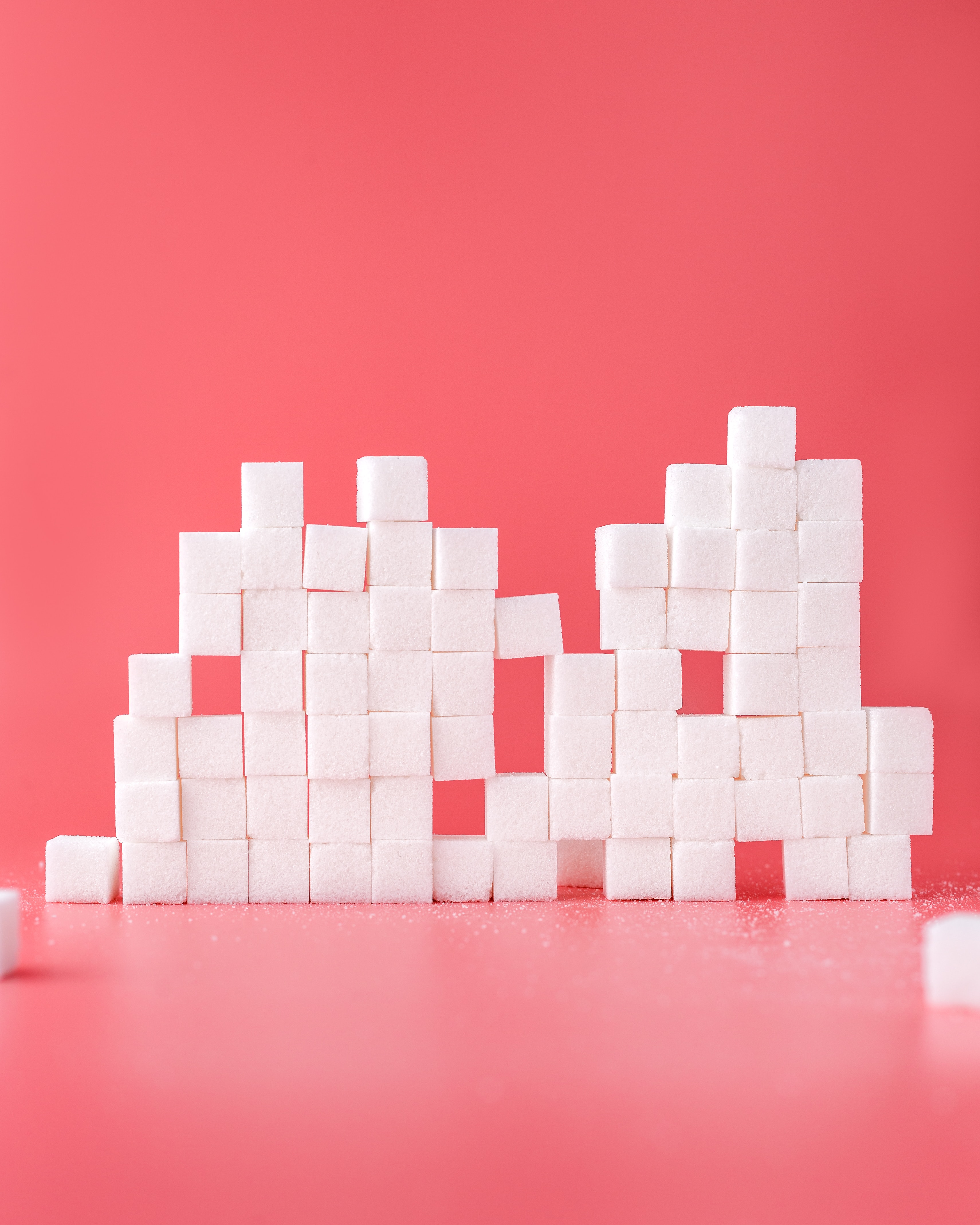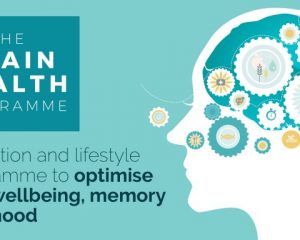It seems a lot has happened since I last wrote on this subject almost 3 years ago and it now seems common knowledge that sugar is the bad guy. Combined efforts by many, culminating with Jamie Oliver’s prosthetic limbs illustrating sugar’s potential diabetic effect, finally brought the government to take action with its levy on sugary drinks. This may or may not reduce the consumption of sugary drinks and it may or may not make manufactures reduce the sugar content of drinks, but it clearly puts sugary beverages in the same category as smoking and alcohol. However, as they are not prohibited for sale to children, they are still of course in a different category, potentially more dangerous without more protection for children. Children on average consume 3 x the recommended quantity of sugar [1]sugary drinks
Where will it go from here? There is so much more of course that needs to be done to tackle obesity and overall sugar consumption, some of which was outlined by a government report.[1] In the mean time, as before, it still remains that we need to take responsibility for our own actions and that of our children. This of course is still incredibly difficult living in this “obesegenic” environment, one example was recently highlighted by Action for sugar when they discovered that 35% of hot beverages contained the same amount or more sugar than a can of Coca Cola, I wonder weather these are going to be taxed.
It therefore takes a very determined effort for most of us to reduce our sugar input. Here are 5 steps to review where you are and what you could do:
Audit your kitchen, load the sugar app or do the maths – see what products have high levels of sugar that is more than 1 teaspoon (4g) per serving.
Get imaginative by looking to see what foods you could exchange for those you’ve found to be high in sugar
What occasion get you reaching for sugary foods “treat treats as treats”
What could you do to prevent reaching for the sugar; think regular meals including protein, distraction, alternatives
Keep a food diary for a few weeks calculating your sugar consumption. Target 5% of calories (6tsp/24g for 2000 calories)
Of course you may be the sort of person that just goes cold turkey and cuts all sugar out, but beware that this, as seen on Sugar-free Farm, can cause some strong withdrawal symptoms such as headaches and cravings and it can take a long time to really kick the habit so be prepared for a battle.
How do you know that sugar is having a detrimental effect on your health? If you’re concerned you should check with your GP who will be able to do some simple blood checks, however, even if they give you the OK, you could find that sugar is contributing to some of the symptoms below;-
- poor sleep
- crave sweet foods or coffee
- uncontrolled eating
- sleepy in the afternoon
- shaky/irritable if meals are delayed
Of course by cutting out sugar for a few weeks you’ll soon see if these symptoms are resolved.
References
[1] Public Health England (2015) New evidence review of measures to reduce sugar consumption, From:Public Health England First published:22 October 2015 www.gov.uk/government/news/new-evidence-review-of-measures-to-reduce-sugar-consumption
Originally posted on






